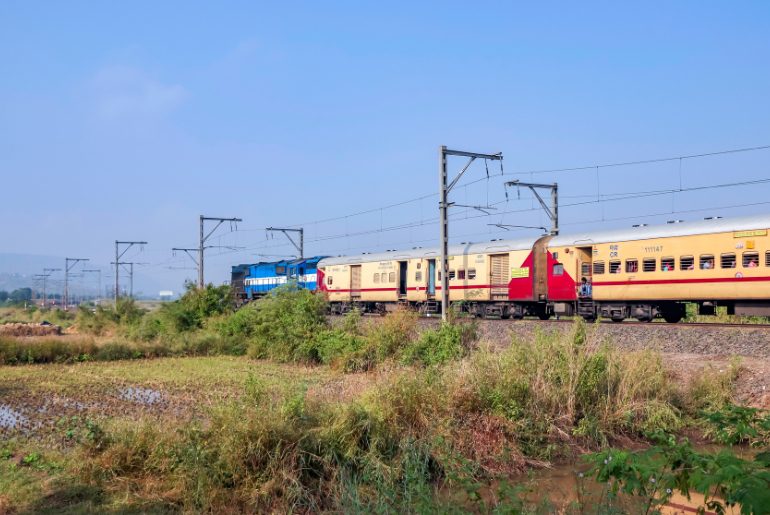Welcome to the captivating realm of railway operations, a realm where every second counts and where the role of a train driver is nothing short of orchestrating a breathtaking ballet of engineering marvels. In this world, the question arises: why does a train driver not throttle up the speed when the clock is ticking and the train is running late? The answer lies in a series of reasons woven into the very fabric of railway systems, where safety, schedules, and a labyrinth of railway policies converge. Let’s uncover the secrets behind why train drivers do not increase speed. Explore how these iron giants keep the promise of a safe and punctual voyage for all aboard.
What Prevents Speeding Up Late-Running Trains?

Due to a number of operational and safety restrictions built into the railway system, train drivers are not able to accelerate a train that is running late. A key component is the existence of predetermined speed limits for various portions of a train’s itinerary. These speed restrictions are part of the carefully thought-out schedules, which are set in advance.
Train drivers are provided with charts that specify the exact speeds that they are required to maintain in each section of the track. The Indian Railways may impose fines or suspensions for exceeding these established speed limits. In addition to protecting the integrity of the shared railway infrastructure, this system is intended to preserve the safety and effectiveness of the railway network.
In the context of safety, stringent regulations come into play. Trains are substantial and massive vehicles that necessitate a considerable amount of time and distance to come to a stop. Attempting to increase a train’s speed beyond the established limits can pose serious safety risks. They can also potentially lead to accidents and derailments. To mitigate these risks, railway authorities have implemented strict regulations and penalties to ensure that train drivers adhere to designated speed limits at all times.
The Delicate Balance Between Speed And Time In Rail Transport

Furthermore, the operational responsibility for trains lies with the respective railway zones. When multiple trains from different zones arrive at a station, operational policies generally prioritise trains from the same zone. This prioritisation is in place to streamline operations and maintain consistency in the railway system. Consequently, late-running trains from different zones may experience delays as a matter of operational policy.
Also Read: From Superfoods To Adaptogens, There’s A New Coffee Trend Brewing, Wellness Coffee
In addition to operational policies, external factors can influence train delays. Such factors may include ongoing weather conditions, necessary repair work, signal issues, and various other elements that can affect the punctuality of train services. These external factors are typically beyond the control of train drivers. They are managed at a higher level by railway authorities. Therefore, the inability to adjust train speeds, combined with operational and safety considerations, along with external factors, collectively contribute to the phenomenon of train drivers not increasing speed when a train is running late.
Ultimately, these measures aim to ensure the safety, adherence to predetermined schedules, and efficient operation of the railway system. Even if it results in delays, the rules aren’t bent.
Cover Image Courtesy: Canva
For more such snackable content, interesting discoveries and latest updates on food, travel and experiences in your city, download the Curly Tales App. Download HERE.
Good news! We are on WhatsApp! Subscribe to Curly Tales WhatsApp Channel to stay up-to-date with exclusive content and BTS. Join HERE.
First Published: October 26, 2023 4:53 PM



